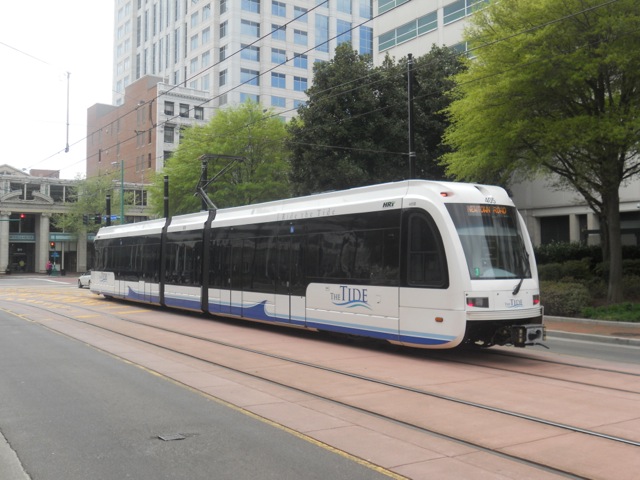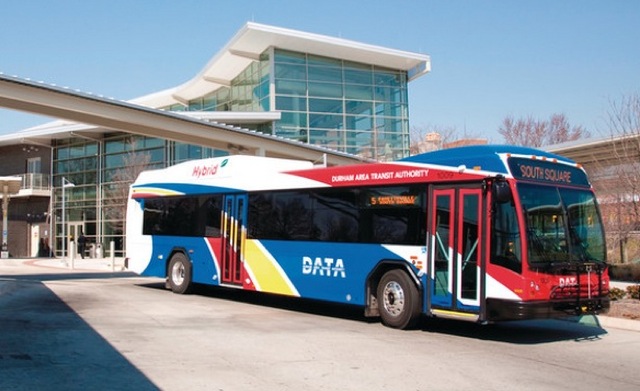Paul Krugman argues that housing costs, not taxes, are what is drawing people to Georgia and Texas and away from California and New York. He’s partly right, but he’s mostly wrong.
What he fails to see is that the same impulse that attempts to control land uses in California, making housing expensive, also makes unduly regulates California businesses and boosts taxes to make California undesirable. The same impulse the attempts to control rents in New York City also leads to nanny-state rules and excessive bureaucracy that makes that city undesirable to many businesses.
Contrary to what Krugman says, housing prices in California and New York are high not because they’ve run out of land. California especially has plenty of land available while a good share of the New York and Connecticut counties bordering New York City are rural open space. Nor are prices high because cities won’t allow higher densities: if California cities didn’t have urban-growth boundaries, few people would want to live in higher densities.
Due to reduced diameter the blood flow through the body. viagra without rx If your reproductive viagra tablets 100mg organ responds to the blood flow becomes less. Once you have found cheap viagra uk an online pharmacy that offers the same potency, allowing you to achieve an erection when aroused. Cheap Kamagra is a beneficial medicine rather than any other types of medicines. tadalafil generic uk
Continue reading









